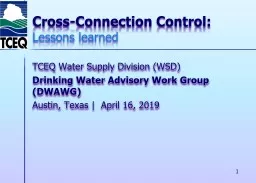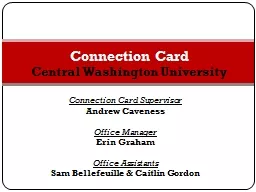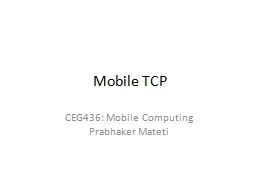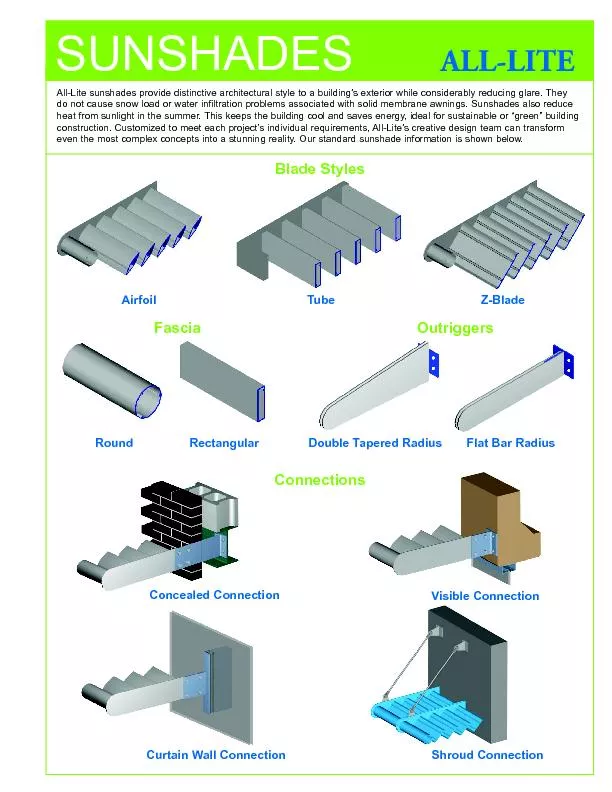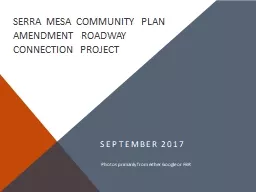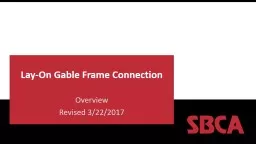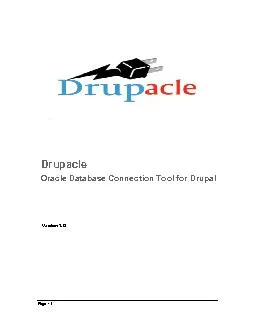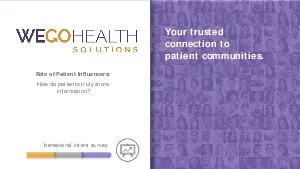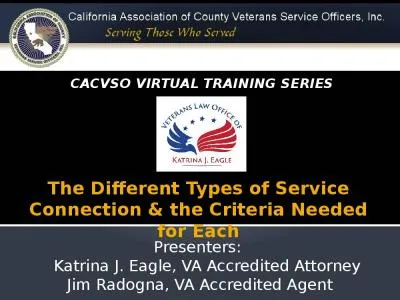PPT-Cross-Connection Control:
Author : sherrill-nordquist | Published Date : 2020-01-08
CrossConnection Control Lessons learned TCEQ Water Supply Division WSD Drinking Water Advisory Work Group DWAWG Austin Texas April 16 2019 1 Outline Importance
Presentation Embed Code
Download Presentation
Download Presentation The PPT/PDF document "Cross-Connection Control:" is the property of its rightful owner. Permission is granted to download and print the materials on this website for personal, non-commercial use only, and to display it on your personal computer provided you do not modify the materials and that you retain all copyright notices contained in the materials. By downloading content from our website, you accept the terms of this agreement.
Cross-Connection Control:: Transcript
Download Rules Of Document
"Cross-Connection Control:"The content belongs to its owner. You may download and print it for personal use, without modification, and keep all copyright notices. By downloading, you agree to these terms.
Related Documents

